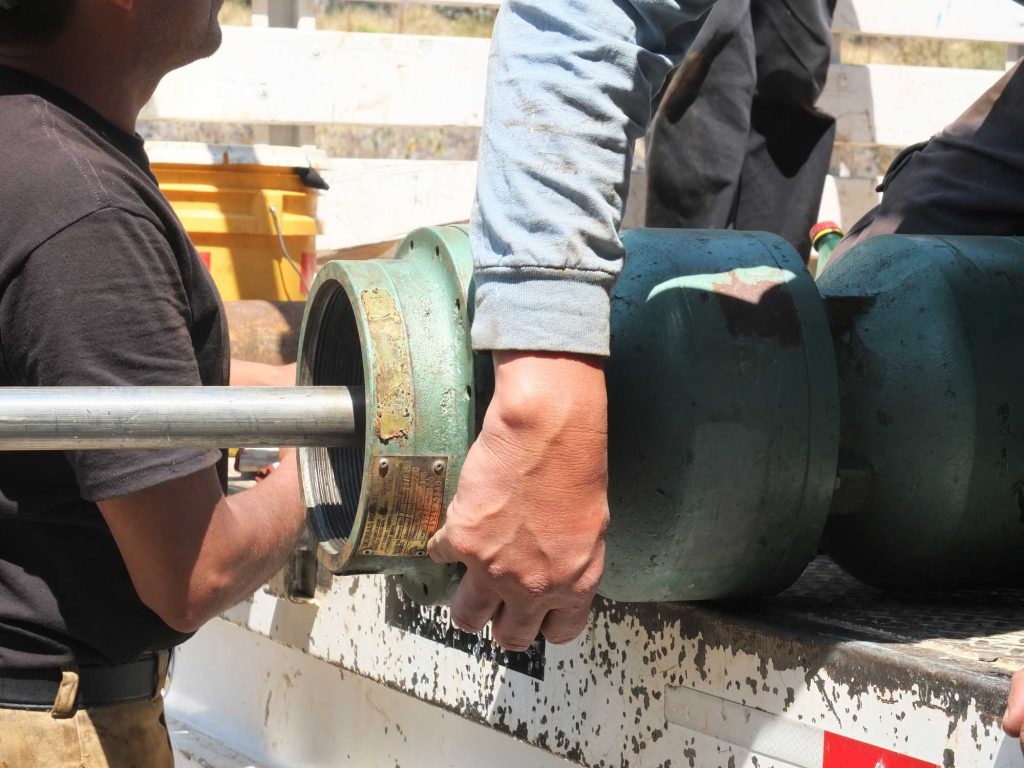
Labouring Urban Infrastructures digital magazine
The Manchester Urban Institute is pleased to present the Labouring Urban Infrastructure digital magazine.
From the ‘infrastructural age’ to crises of care, infrastructures have taken a paramount place within contemporary discourse and debates. Promises of better futures; the ruination of projects past; increasingly automatised ways of consuming and producing; intensifying socioeconomic inequality and splintering urbanisms – our lives are constantly being made and remade through infrastructures. As policymakers and residents have become increasingly cognisant of the monumental influence of infrastructures, scholarly inquiry has thoroughly reframed how we understand socionatures, political ecologies, and the many processes and practices that shape urban life. Amidst of this burgeoning research, increasing attention is being drawn to the work and workers of infrastructure. The Labouring Urban Infrastructures magazine sought to deepen and broader discussions on these questions utilising a creative form where scholars could experiment, be provocative, and test new ideas.
Labouring Urban Infrastructures is the collective work of eighteen postgraduate researchers and early career scholars, who met at a workshop in Durham (UK) to discuss and deliberate new ways of understanding labour within urban infrastructures and geography. The magazine and workshop were co-organised by Hanna Ruszczyk, an early career researcher from the Institute of Hazard, Risk, and Resilience (IHRR) at Durham University, Kathleen Stokes and Alejandro De Coss, PhD students from the Manchester Urban Institute at the University of Manchester and the Department of Sociology at the London School of Economics (LSE), respectively.
Collective Statement from the magazine:
“This magazine reflects a moment of exploration and exchange amongst researchers. It is the cumulative product of a two-day workshop at Durham University in June 2019. We came together not as scholars of labour, but predominantly interested in urban and infrastructural lives, governance, economies, and imaginaries. We collaboratively reflected upon our ways of thinking and analysing infrastructural labour over two days. As such, this magazine is not complete, perfect, or static. The ideas presented within will continue to evolve as we reframe and reconsider labour within our own studies and across our different fields of research. We hope, however, that our arguments and reflections can help to broaden current conceptualisations of infrastructural labour, raising its visibility – where appropriate.
As you read the following interventions, we invite you to question how labour is made visible and represented within infrastructures, and the urban more generally. To encourage reflection across the individual contributions, we also offer short collectively written interludes which identify a lens or approach that emerged from the workshop discussions.
While not exhaustive, we deploy capital, notions of (in)visibility, and feminist approaches as entrypoints for locating and theorising infrastructural labour. Furthermore, the three different tables of contents are designed to entice you to read the contributions in different ways.
Indeed, we are left with more questions than answers at the end of this process. While many of our studies and reflections are located within ‘the urban,’ our conversations during the workshop and in this magazine have foregone a deep analysis of this terrain for the time being. In future, we might explicitly ask, how does the urban condition make experiences of labour and infrastructure different? Equally, how does temporality unveil or obfuscate relations, positionalities, and processes of infrastructural labour? We hope you find this magazine thought-provoking and stimulating. Enjoy!”

0 Comments